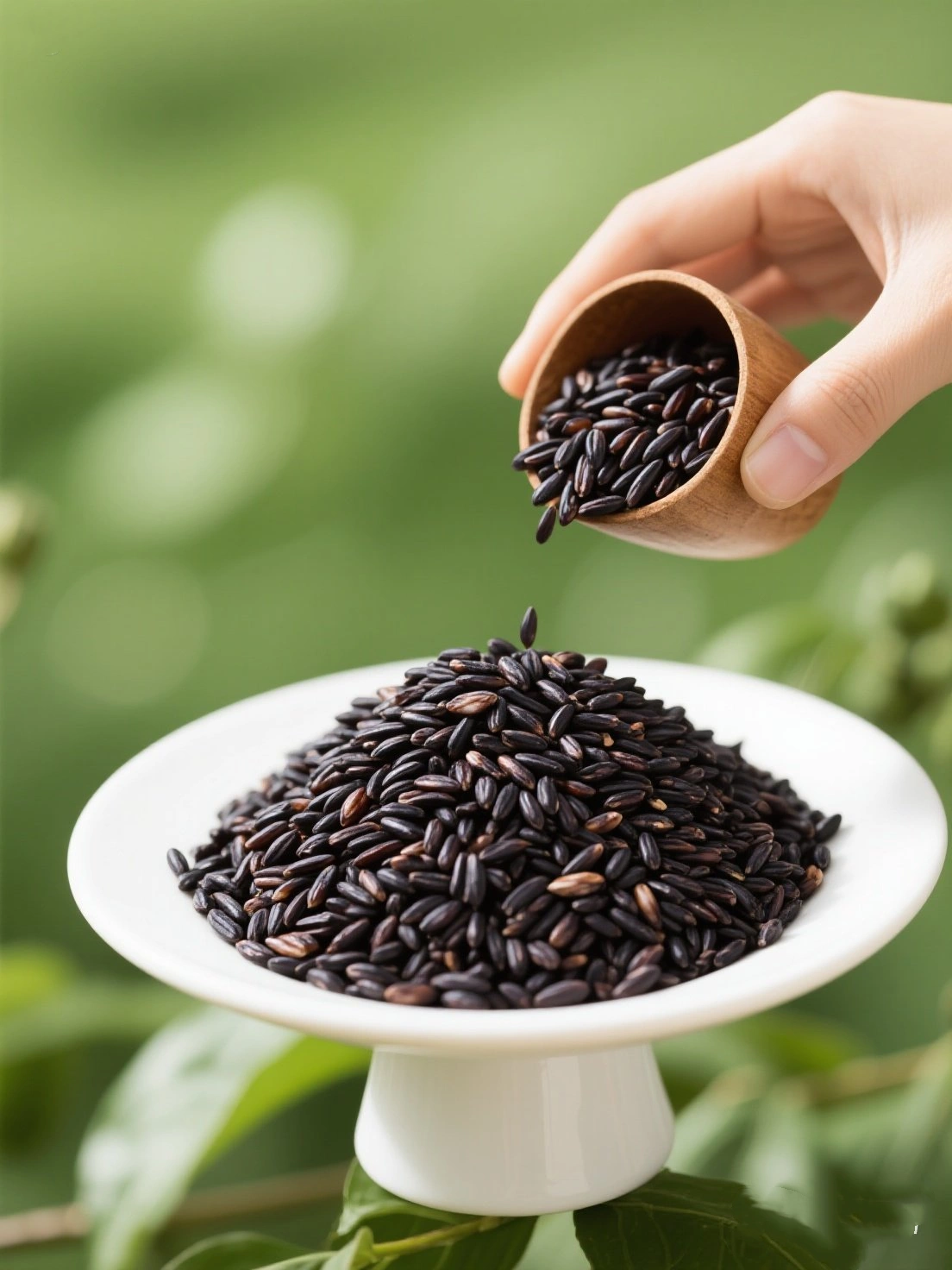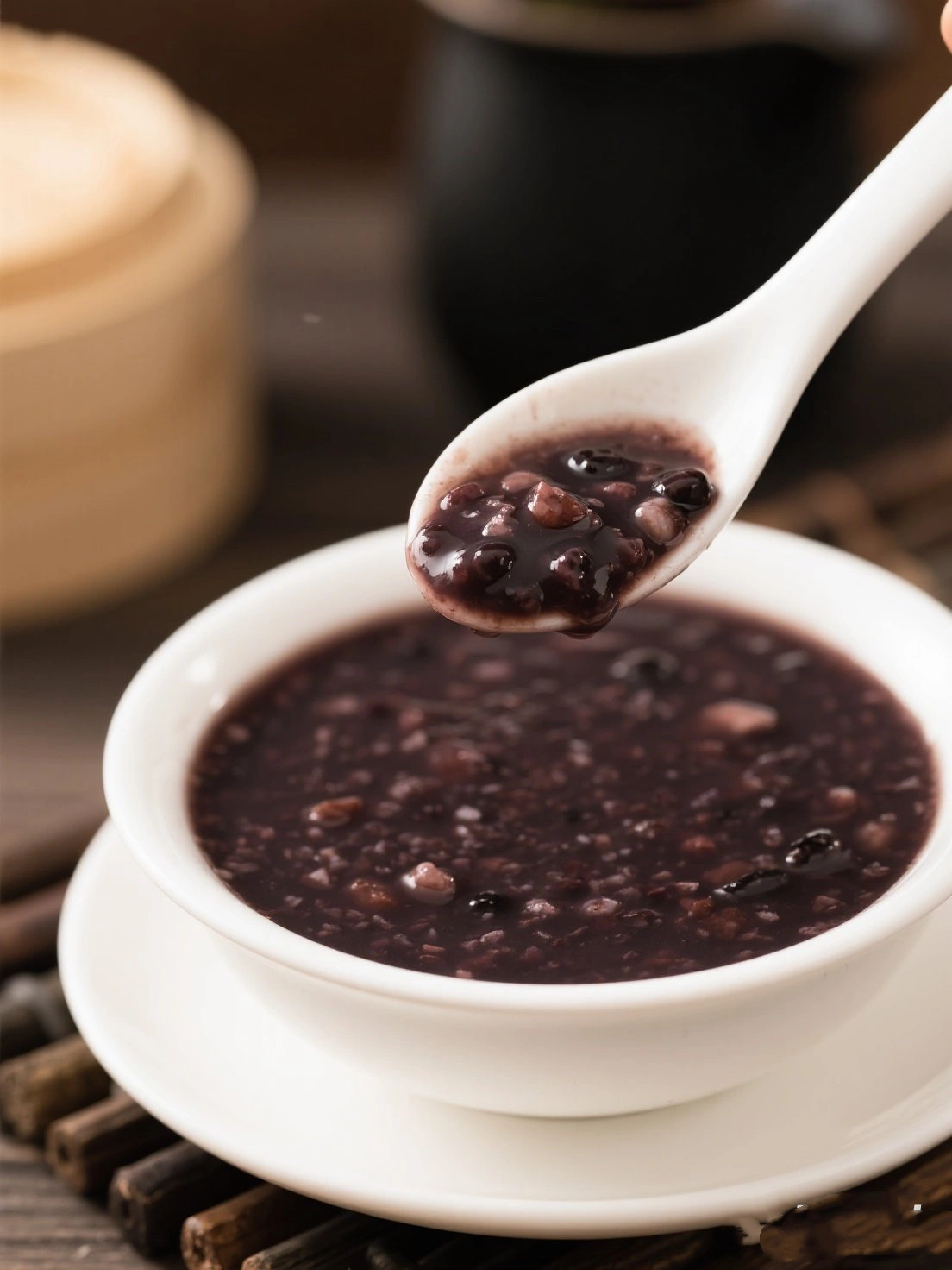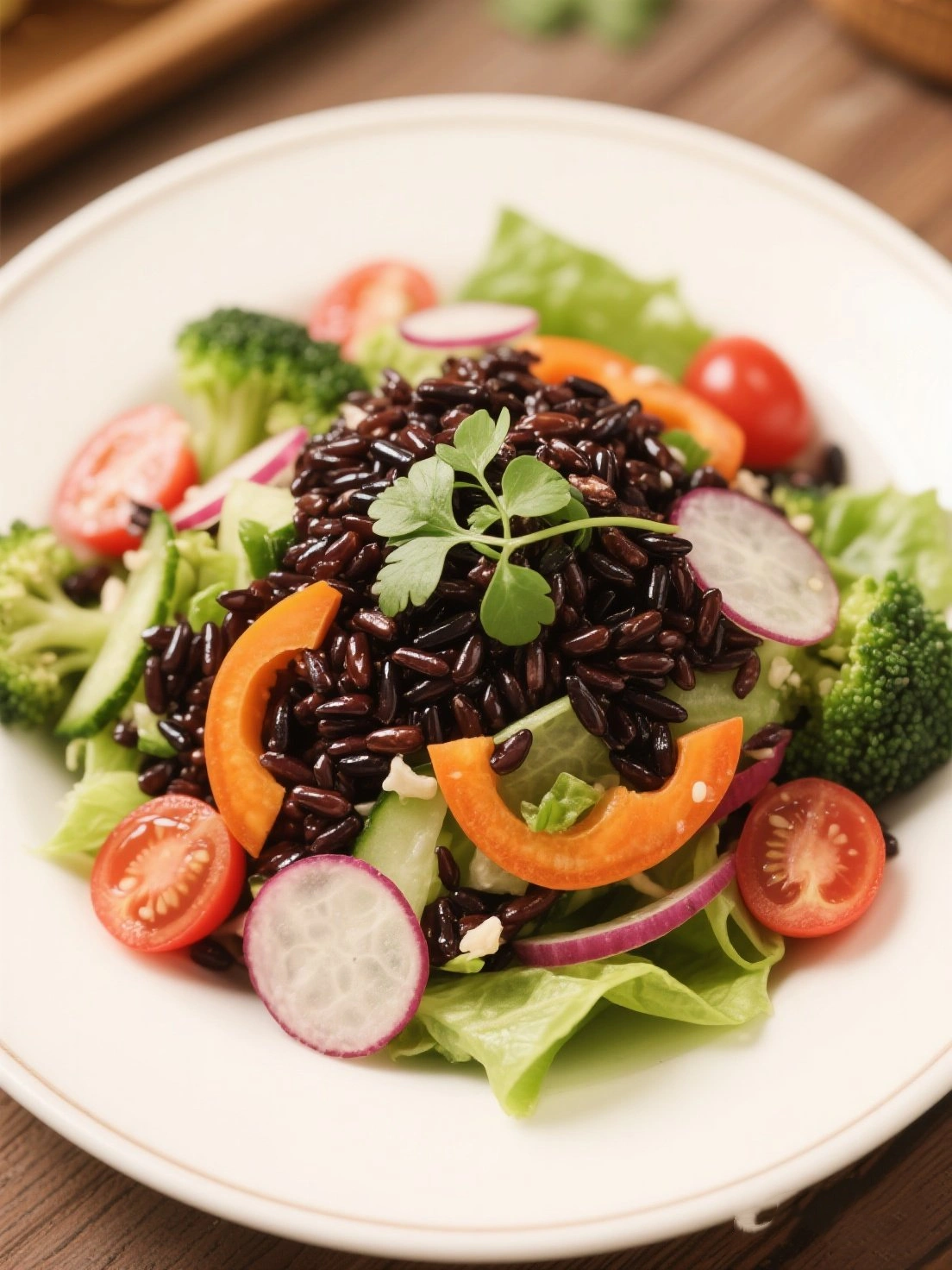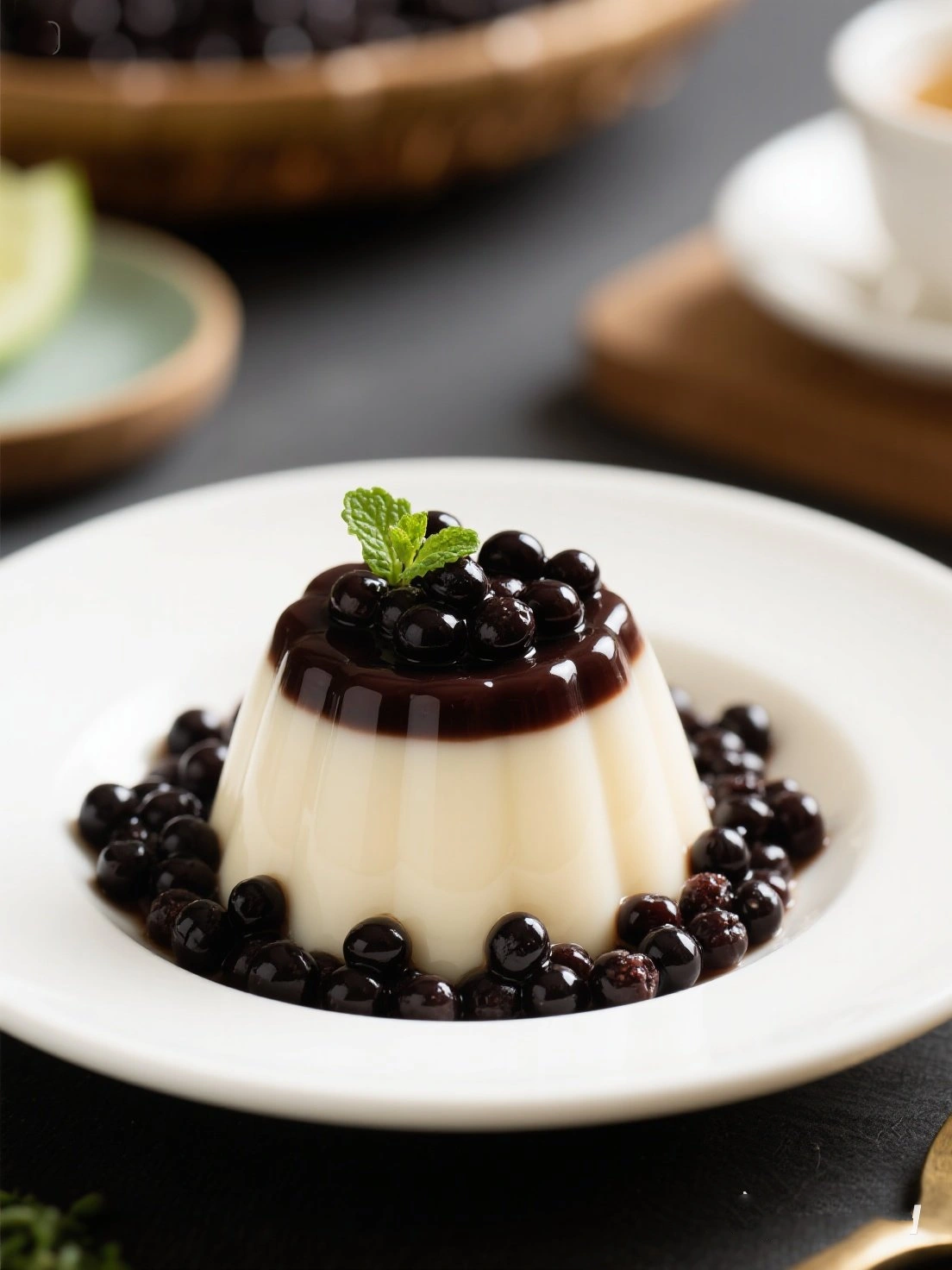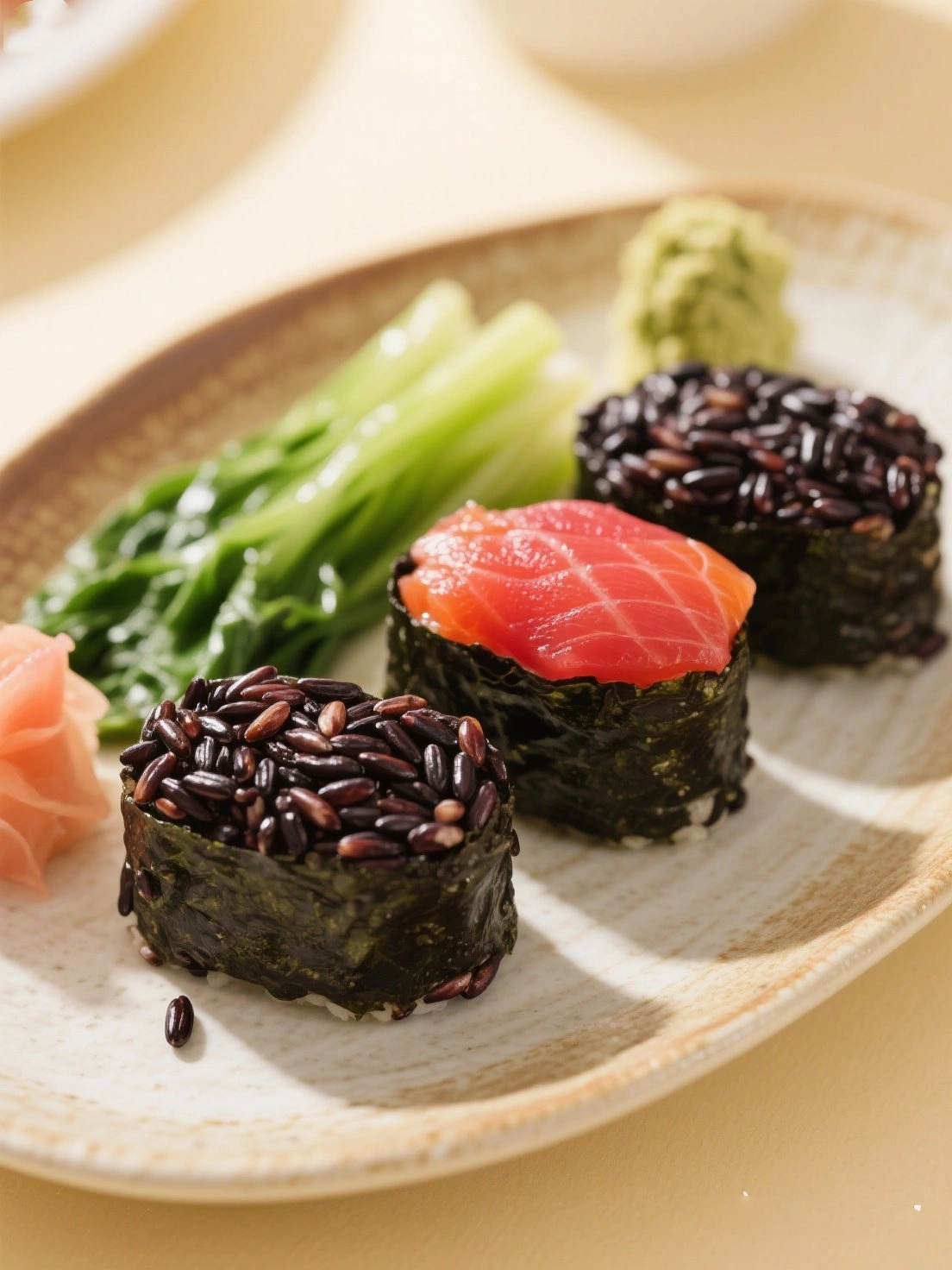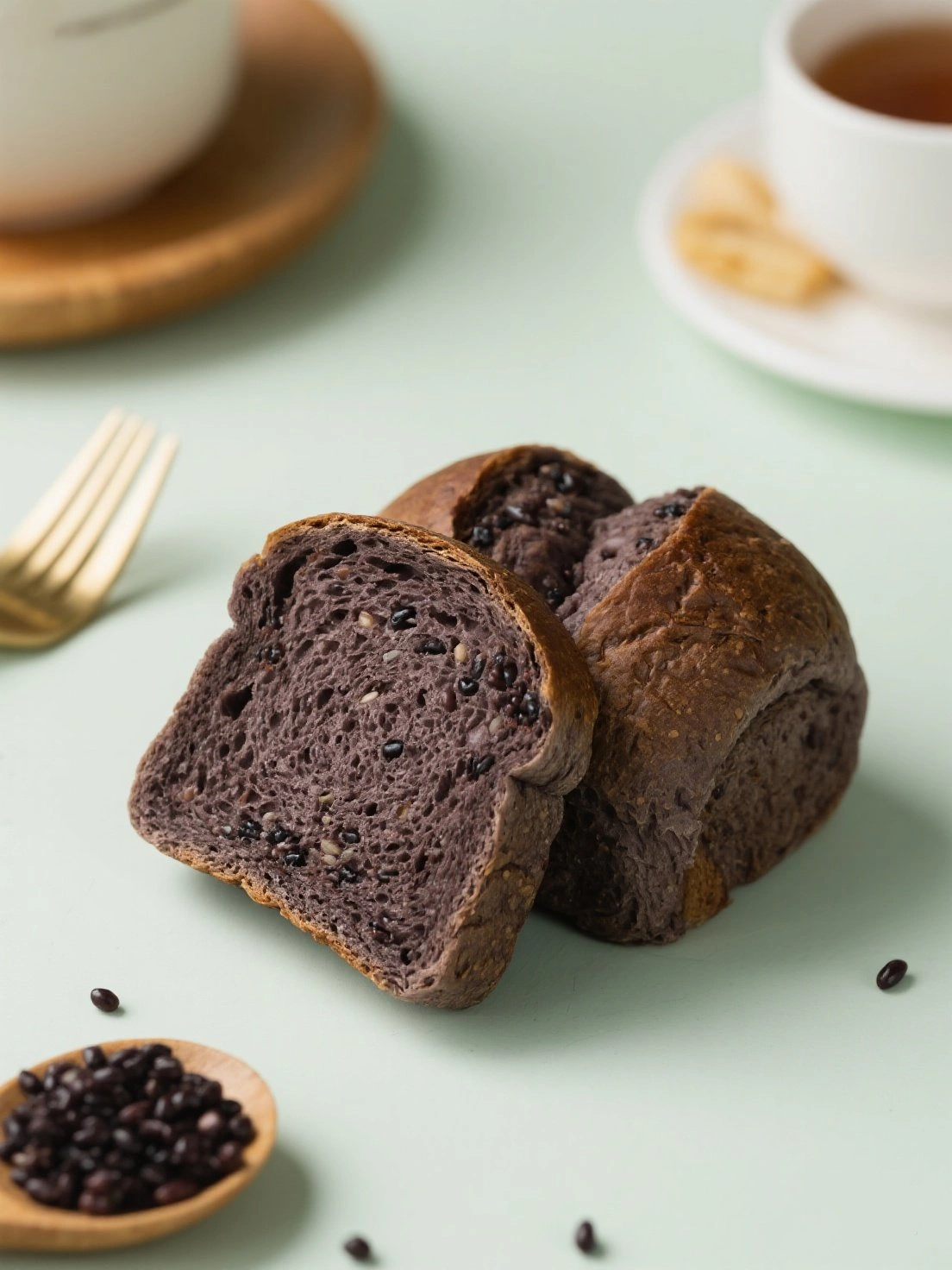Black rice (hei mi), often called "forbidden rice," is a highly nutritious ancient grain that was once reserved exclusively for Chinese emperors due to its rarity and health benefits. This whole-grain rice variety gets its deep purple-black color from anthocyanins, the same powerful antioxidants found in blueberries and blackberries.
With origins dating back over 2,500 years in China, black rice was mentioned in ancient medical texts as a blood-tonifying food. The most prized varieties came from the Yangtze River valley, where the unique soil conditions produced rice with exceptional flavor and medicinal properties. In Traditional Chinese Medicine, black rice is considered warming and is used to nourish the kidneys, improve blood circulation, and promote longevity.
Unlike white rice, black rice retains its nutrient-rich bran layer after milling. When cooked, it develops a nutty flavor and slightly chewy texture, turning a deep purple color that makes dishes visually striking. Today, black rice is celebrated worldwide as a superfood, though it remains a staple in many Asian cuisines.

